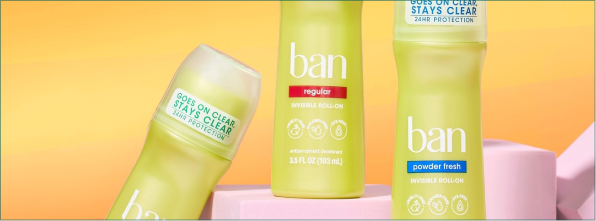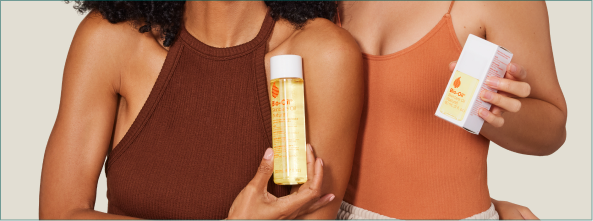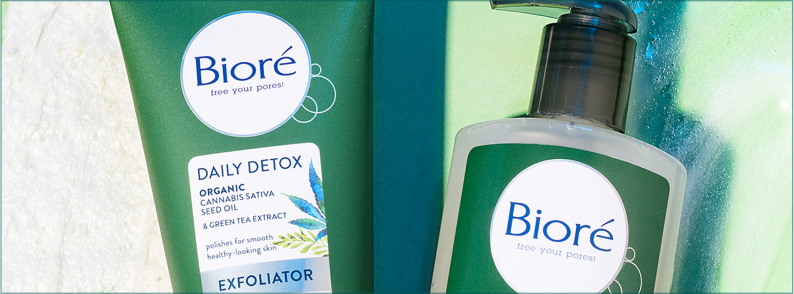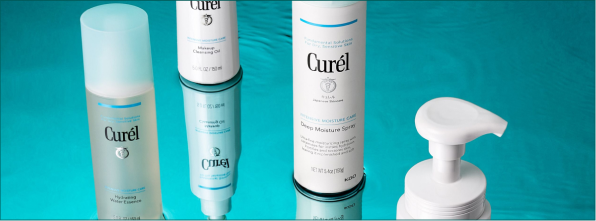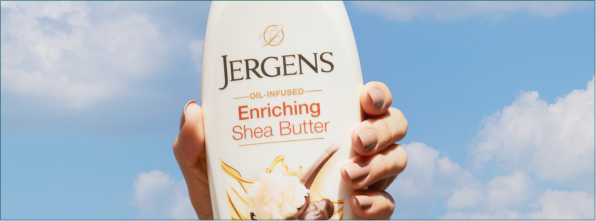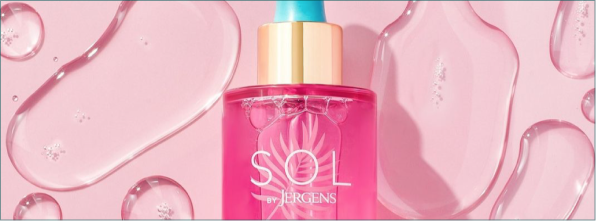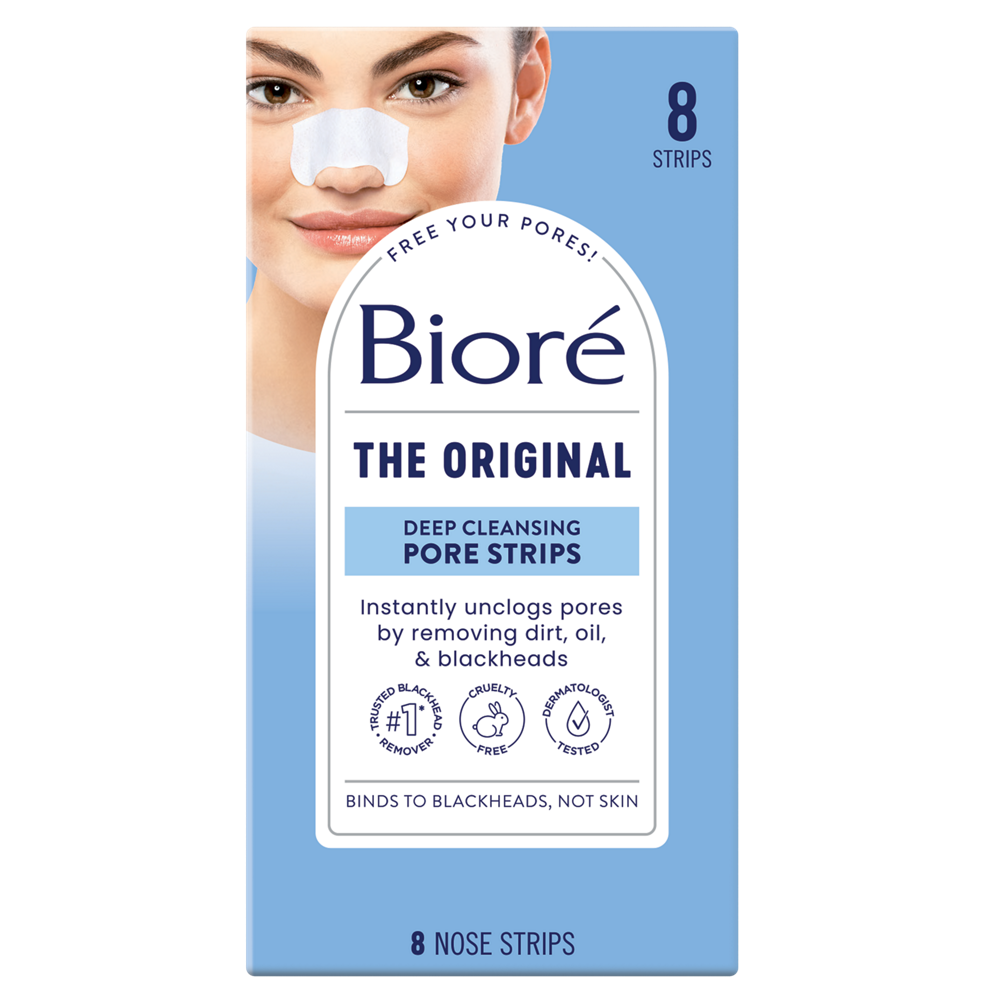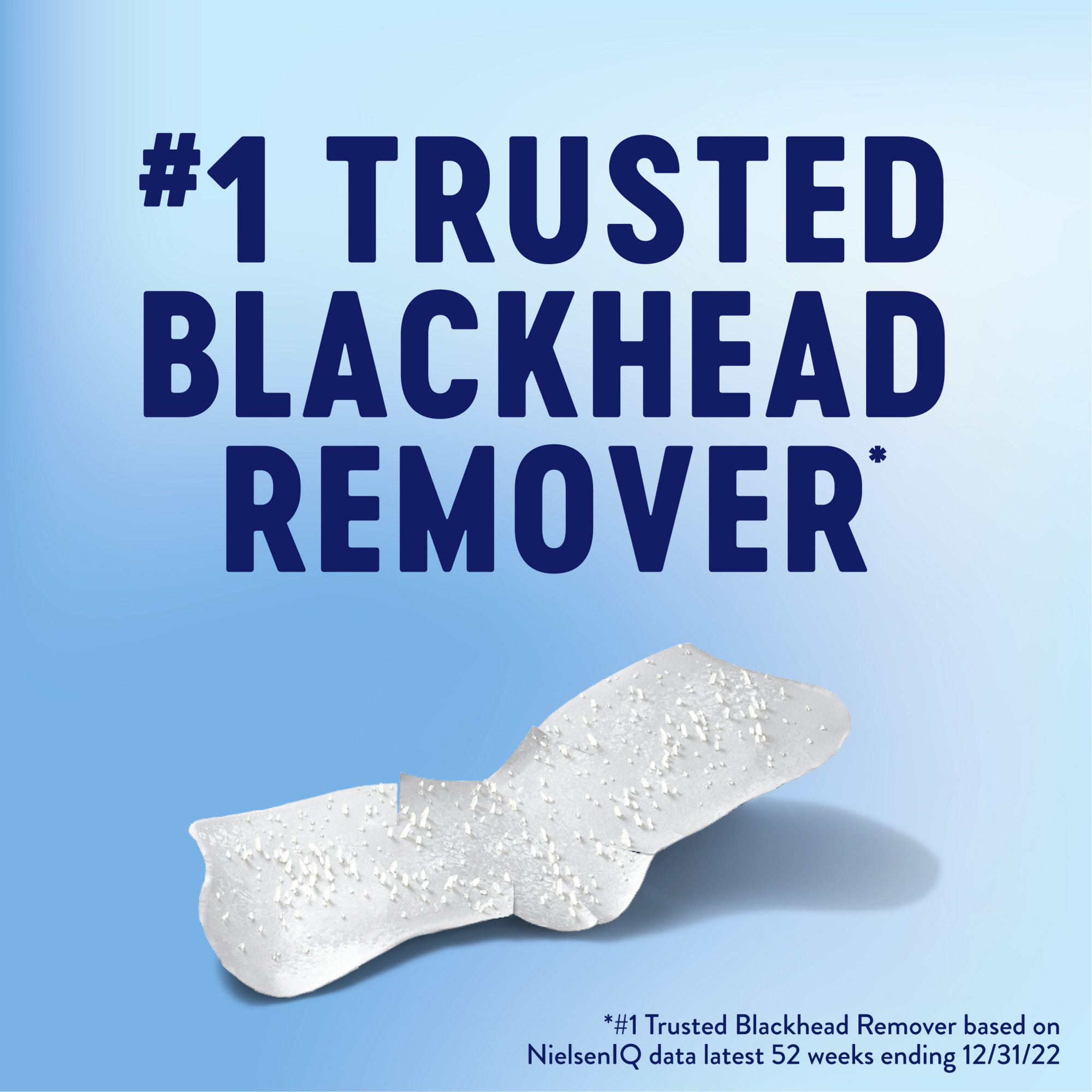How To Unclog Your Pores
No matter your skin type, you’ve likely experienced clogged pores and put up with a dull complexion, breakouts, and irritated skin as a result.
Pore buildup is a natural skin condition that can affect anyone. It occurs when dead skin cells, oil, and dirt get trapped in pores. But if left untreated, it can lead to acne and skin inflammation and make pores appear bigger, giving an unflattering orange peel look.
This blog will show you how to unclog pores for healthy skin and give you tips on cleaning your pores using the Bioré® Skincare range of products specifically designed to minimize pore buildup and improve your skin’s tone and texture.
Understanding Clogged Pores
Pores are tiny openings on your skin where sweat and natural oils (sebum) pass through. They are part of your hair follicles and are also called sebaceous glands. Their primary function is to secrete sebum, which provides moisture and protects your skin.
Clogged pores occur when excess oil, dead skin, makeup residue, bacteria, and other environmental debris accumulate in the pores, causing inflammation and breakouts.
It’s vital to unclog pores for healthy, supple, and glowing skin. The good news is that we can show you how to get rid of clogged pores to keep your skin looking its best.

Common Symptoms of Clogged Pores
Clogged pores may lead to:
- Blackheads—small, dark skin spots created when open pores become built up with dead skin cells and sebum.
- Whiteheads—a type of acne formed by a collection of trapped bacteria, oil and dead skin cells in the pores.
- Sebaceous filaments—small light spots on your skin made up of sebum and dead skin cells that have collected around a hair follicle.
- Breakouts—pimples that are raised, red spots with a white center formed when a hair follicle blocked with bacteria, sebum, and dead skin cells become inflamed.
- Dull skin—when dead skin cells build up in the pores, the skin loses its shine, looks rough and flat, and may even look sickly.
Effective Methods to Unclog Your Pores
While clogged pores can manifest themselves in many different ways, following a consistent skincare routine and not irritating your skin further can help get rid of clogged pores.Here are our top tips for addressing clogged pores without causing additional damage to your skin.
1. Use a Cleanser with Salicylic Acid or Baking Soda
Salicylic acid can work wonders for those with oily skin types and heavy pore buildup. This chemical exfoliant dives deep into the pores, penetrating past the skin’s sebum to remove impurities while preventing breakouts. It is effective for treating blackheads and acne-prone skin.
Incorporate a salicylic acid cleanser into your regular beauty routine for softer, smoother skin. Apply a small amount to your face, gently lather, and rinse thoroughly with lukewarm water. While it is safe to use daily, use it less often if your skin feels too dry or extra sensitive.
If you want to know how to clean pores more naturally, a baking soda cleanser is a gentle, natural alternative. Baking soda is effective at unclogging pores of dirt and oil while also exfoliating and conditioning your skin. It can also balance your skin’s PH levels to prevent acne breakouts and dryness.
2. Exfoliate Weekly with a Face Scrub
While salicylic acid is a chemical that exfoliates your skin, face scrubs physically exfoliate by using particulates to remove dead skin cells and buildup on the skin's surface. A face scrub with microcrystalline exfoliants is particularly great at smoothing and refreshing the skin and working to unclog pores.
How to clean your pores using a face scrub:
- Start with a cleanser to remove makeup, sweat, oil, and surface dirt.
- Using a small amount of face scrub, gently massage it into the skin in circular motions, avoiding the eye area and any sensitive spots.
- Rinse off thoroughly, taking care to remove every bit of the exfoliant.
- Pat dry and apply a moisturizer tailored to your skin type.
We recommend using a face scrub once a week to keep your skin smooth and blemish-free.
3. Use Clay or Charcoal Masks
Another effective way to unclog pores is to use a clay or charcoal mask. Clay absorbs excess sebum to clear the skin and reduce breakouts, while charcoal actively draws out impurities, dirt, and debris for perfectly clean, bright skin. Some masks combine clay and charcoal for enhanced acne-fighting abilities and superior toxin and bacteria removal from the skin.
4. Incorporate Pore Strips
Pore strips are perfect for areas prone to clogging, such as the nose. They remove blackheads and, with continued use, minimize the appearance of pores.
Pore strips can also be used on the rest of the face, particularly the oily T-zone, such as the forehead, cheeks, and chin. Face strips, which can be used just like pore strips, are specifically designed for these problem areas to unclog pores and clear the skin.
To safely use pore strips:
- Start by washing your face. Do not apply any moisturizers or other products.
- Leave your nose wet. If you are applying a face strip, leave your face wet.
- Remove the strip from the packaging, leaving the smooth side down.
- Place the strip over the top of the nose (or the area of your face to which you are applying it) and press down firmly. Avoid any skin folds and wrinkles.
- Set a timer for 10 or 15 minutes to give the strip time to work its magic.
- When the strip is dry, slowly peel it off to reveal the buildup removed from your skin!
Avoid using pore strips on sunburned, irritated, dry, broken, or sensitive skin.
For even more pore strip application tips, visit our Pore Strips 101 guide.
5. Incorporate Retinol
Products containing retinol, such as retinol cream, can be powerful tools for clearing clogged pores. Retinol enhances cell turnover and reduces oil production, which is the main culprit in clogging pores and leading to blackheads and breakouts.
Retinol also removes dead skin cells on the skin's surface and builds collagen with continued use. It clears your skin and keeps it soft and supple.
The downside of retinoids is that too much can lead to skin sensitivity and dryness. If you use retinoids, wear sunscreen as your skin will be more sensitive to the sun. We recommend speaking to a dermatologist to determine if retinol suits your skin before purchasing.
Daily Skincare Routine to Prevent Clogged Pores
While each specific tip can help you unclog pores, a consistent routine that includes cleansing, moisturizing, and occasional exfoliation is a must to maintain clear pores.
Your body naturally produces sebum, so you’ll never remove it altogether. However, a well-planned skin-care routine will ensure your pores stay clean to keep your skin blemish-free.
- Wash your skin twice daily to remove oil and impurities and keep your skin bright.
- Consider using a facial cleansing cloth after working out or excessively sweating.
- Apply a toner to refine and deep clean your pores.
- Use an exfoliating scrub twice a week to remove dead skin cells and stimulate the growth of new ones, resulting in a more even skin tone and texture.
- Apply a clay or charcoal mask weekly to help control oil and draw out impurities.
Learning how to clear pores takes time and consistency, but the reward of brighter, smoother, and more radiant skin is worth it!
Lifestyle Tips for Healthy Skin
Besides having a consistent skincare routine, a balanced lifestyle is essential to keep your skin looking great.
- Make sure to eat a balanced diet with plenty of vegetables, fruits, whole grains and lean proteins. The nutrients you gain from a balanced diet are key to healthy, glowing skin.
- Keep hydrated. Drinking plenty of water will keep your skin hydrated.
- Manage stress, as it can trigger skin conditions such as acne breakouts and inflammation. Exercise and getting enough sleep are great ways to keep stress levels down.
Further tips from dermatologists and skin experts include not touching your face to prevent the transfer of bacteria, and while it may be tempting, avoid squeezing or picking at your pores, as this will lead to inflamed and irritated skin.
When it comes to clearing clogged pores, Bioré® offers a range of products in liquid, scrub, strip, and mask form, catering to all skin types. Shop our range of products today.
